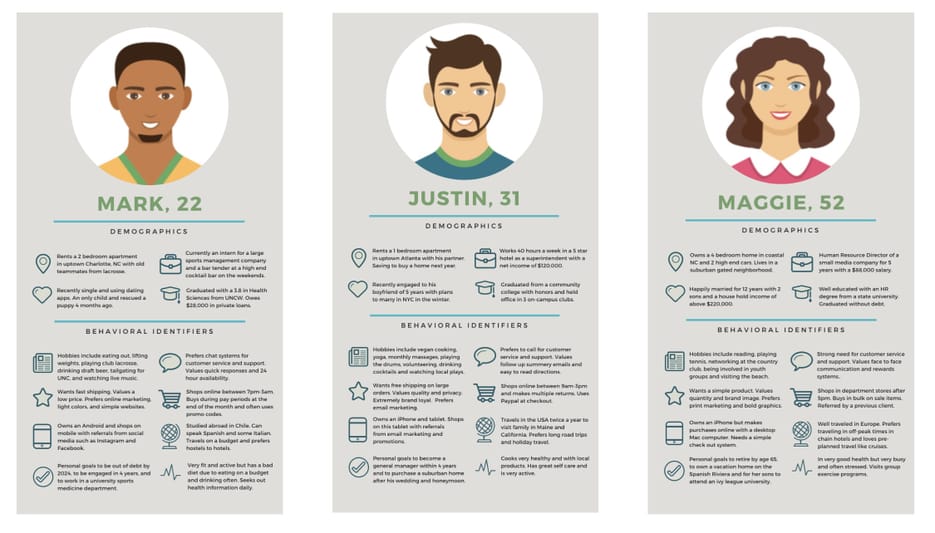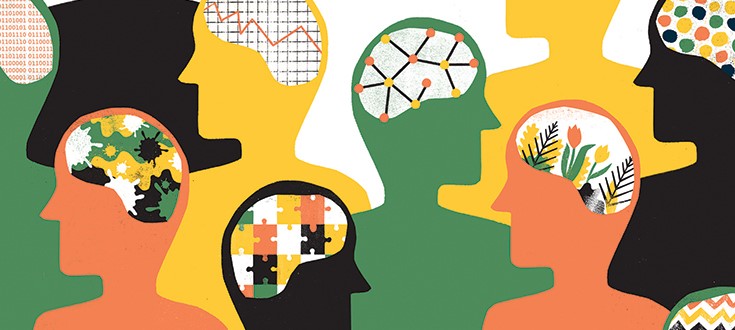Written by Desmond Ekeh
Conversion, as we know, happens outside the website. It takes place in the brain – it is an emotional and an unconscious act. In this article, Andre Morys of CXL Institute talks about emotional resonance. He discusses how the customer journey starts with emotional decisions and how the customer really makes a decision. He also points out the mechanism to influence the customer’s decision.
Morys teaches that a little act of emotional resonance when properly triggered affects consumer behavior and leads to a conversion decision. A marketer should pay attention to his communication, especially on his or her website – what you say to your customers and how you say it to them can make or mar your conversion optimization goal. For the marketer, it is important to learn how to improve your website based on what your customers perceive you are saying.
What is Emotional Resonance?
Emotional resonance is a small act that can cause a big conversion change. According to Morys, although resonance might be a small thing when triggered appropriately with a specific target audience could cause a big effect on your target audience. He gave an example of a little bridge suffering from an earthquake. The earthquake is a little impulse – a small movement compared to a big building, but it creates a very big effect. The consequence is that, though the earthquake is small yet it will destroy that bridge. Remember that the customer is not in control. She cannot control her tension. You are the one who controls what people perceive. You are the one who understands that the old brain – which is selfish and gratifies the flesh – is the one in control. To understand this and to use it effectively helps create a positive ROI for you. Communication is a critical factor in the conversion process – clarity of what you say and what people perceive of what you say and what they make out of it is very important. So what you communicate and how you communicate to your customer is important and a big determinant of how you convert them to your goal. Only a few percent of what you communicate to your customer will arrive at them with the same meaning you intend for them to make of the message.
Target Audience
The “customer is the king” is now a cliché, yet a relevant one at that. So, how you talk to the king is important. It is capable of promoting or jeopardizing your marketing goal – profit – generated through sales conversion. But who is this king and how much do you know him or understand him. Traditional marketing will talk about the demographic and psychographic character of your customer. In digital marketing generally, and conversion optimization particularly, we talk more about the psychographic aspect of the customer. Here Morys talks about the customer’s psychographics in terms of emotional resonance – a concept he considers very fragile.

He demonstrates the idea in a physical sense by citing the example of a man who gives his kid on a swing a little push a couple of times to raise the swing up in the air. This, he said, is the principle of small oscillation, but with the perfect timing you don’t need a lot of force to gravitate the swing – and that little push gives big effect. This simply is the principle of emotional resonance. But imagine you apply the push at the wrong time, which could be catastrophic. That could cause a major accident and the effect of whether positive or negative happens in milliseconds of timing. This is why the marketer must pay attention to the customer he is communicating to. Timing is important. Sometimes, the audience persona the marketers communicate to is not precise enough to enable the marketer to understand their motivation or the required trigger that people need. Emotional resonance refers to very little things the marketer can discover the customer’s persona to enable him to communicate appropriately on the website.

To drive home the point Morys gave an example of a scientific data nerd, and extrovert of a nature lover who focuses on health, and trekking on wellness and relaxation. With this information how does a marketer find the little point where you have to send the right impulse? What about someone who loves her smartphone – everyone appears to love their smartphone – and doesn’t like losing data. How does a marketer discover this audiences’ point of resonance? As a web designer optimizer, how do these data help you to create better work? All these data are indicators and not insight. When we look at indicators as motivations or for value preference we might be on the wrong track of finding something. So let us turn indicators into core values and this way we create emotionally focused types called the limbic persona or limbic types.
Based on the different indicators, the marketer could now create a word or term to differentiate the persona into a particular type or category that could be identified as a Harmonizer, for instance. This means that harmony and agreeing with others is important to this type or a major motivator for this limbic type. It is this differentiation into limbic types based on what is important and what matters to this particular persona that determines how the marketer sells to him. To sell to him what he considers will make him a better version of himself. Sell to him what will reduce his tension while taking the decision to purchase your product or accept your services. For instance, according to Morys, if you want to sell a bank account to this limbic type try to align his type and his motivation with your product. It could then mean implicit emotional motivation based on a message that cares about him as a human being. This type of persona does not like complicated bureaucratic systems. He wants to talk to real people who pay attention to his needs, and are concerned about his feelings. He should perceive your product as help to attend to his needs and not that you are coming to fleece money from him just like many other banks appear to do. So get him to his emotional motive and then align that motivation with your product or services.
For the marketer who wants to optimize his site for customer experience, you need to know where to start and how to go about it. One good Morys recommended among others, for instance, is the search result page
In digital marketing, everything starts on the search result page. So if we have identified this limbic persona and what is important to them or their relevance to motivate him it is easy for us to identify the words or phrases on the search result that resonates or aligns with this type of person. If we look at all the values on the limbic map that when aggregated gives a persona creates keywords to be used on the search engine. If we really understand the core motivations of this type we will experience something called bounce rate – this is very important for its capacity to improve conversion rate considerably.
Conclusion
Emotional resonance plays a great role in website conversion optimization. Although the act appears small the effect could be huge. The marketer needs to understand this emotional resonance – a customer’s motivation through the limbic map and harmonized into keywords to catch the attention of the customer. The ability to discover that little emotional act goes a long way to convert the customer to make a purchase decision.
Desmond Ekeh, is a PR consultant, digital marketing professional, and researcher in media and communication.

